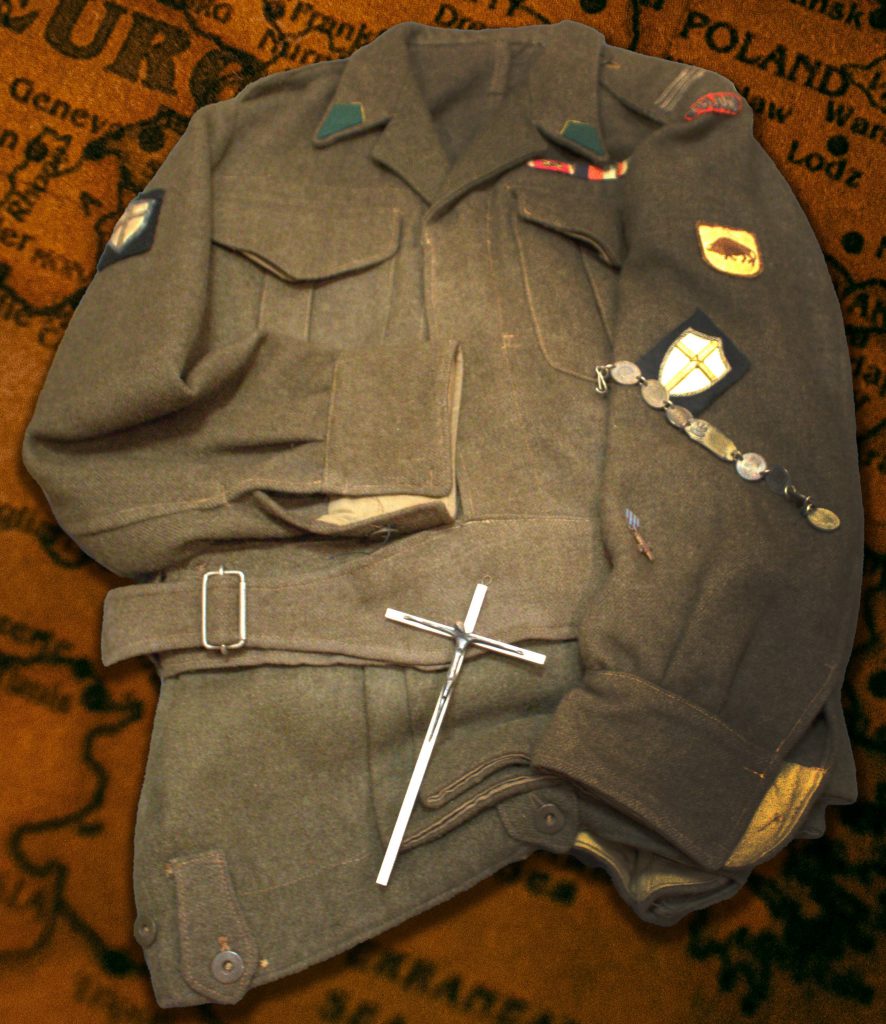
This uniform belonged to Kazimierz Zdunek who fought with Anders’ Army. The medals, patches, and service book explained below reveal more about his service and that of other Poles who served with the Polish Armed Forces of the West.
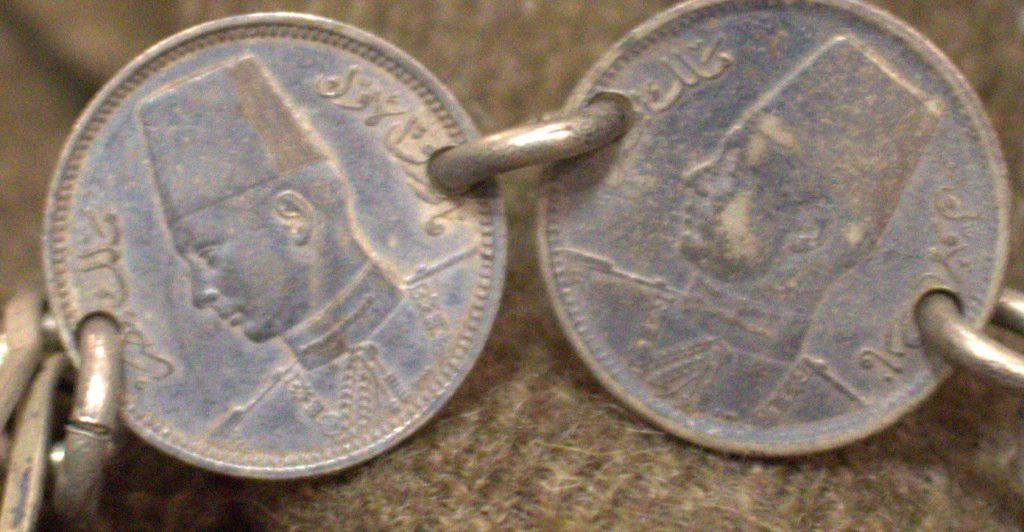
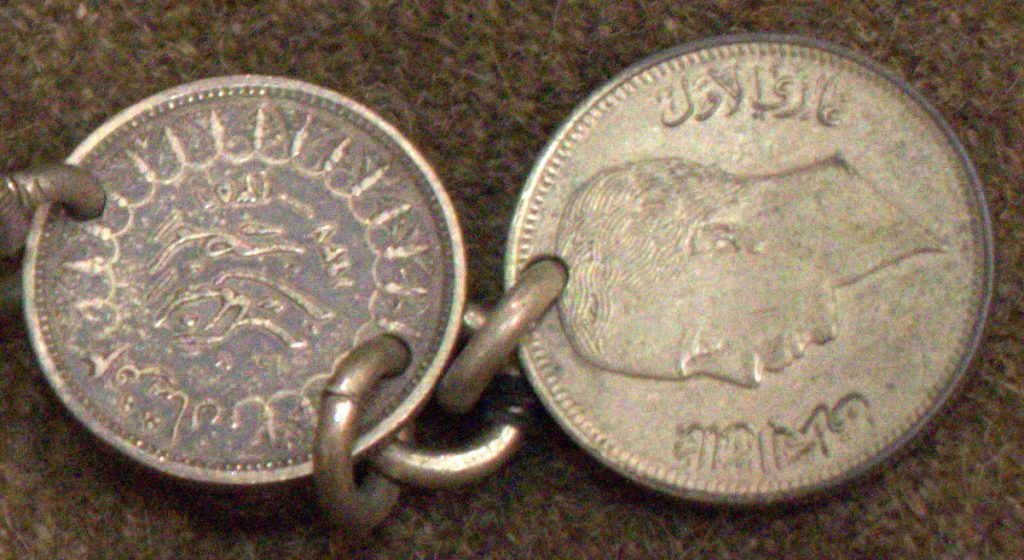
A chain of silver coins, pinned to Zdunek’s jacket, are mementoes of his time in Egypt where Polish soldiers fought with soldiers from other Allied countries at the Battle of El Alamein in 1942. The coins on the left contain an image of Egypt’s king during World War II, Farouk I.
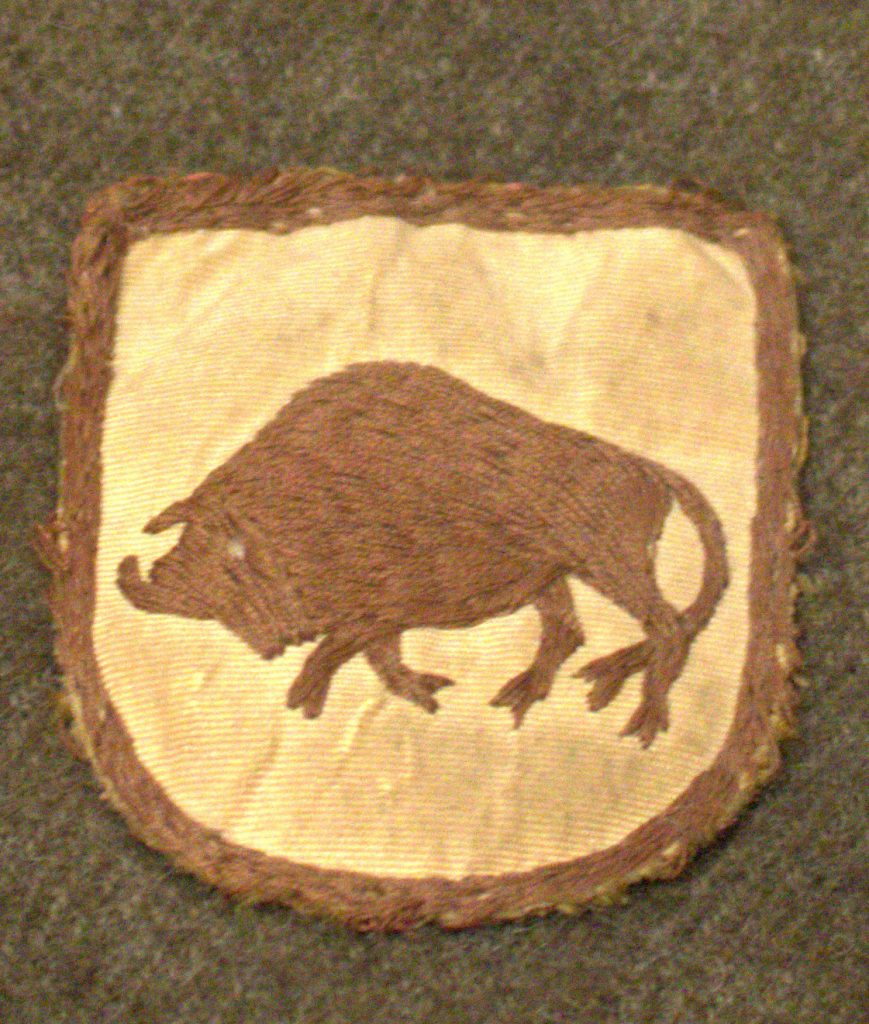
This patch of a bison, worn on the left sleeve of Zdunek’s jacket, was the symbol of the 5th Kresowa Infantry Division. This division consisted of Polish soldiers who were released by the Soviets in 1942. They made their way to Iraq where they were organized into the 5th Kresowa by the British. After they were trained in Palestine, they joined the 8th British Army in North Africa. They fought in Italy in 1944, most famously at the Battle of Monte Cassino.
This patch was worn on the right shoulder sleeve of Zduner Kazimierz’s uniform. It depicts a white shield with a golden cross through the center and belonged to the British Eighth Army, which was formed in September of 1941. The British Eighth Army was a diverse formation; in addition to troops from the United Kingdom and Poland, it was made up of infantry divisions from many countries including Australia, New Zealand, South Africa, and India. Between the fall of 1941 and January 1943, it saw combat in the Northern African Campaign. From July of 1943 to May of 1945, the British Eighth Army fought in Italy. This campaign resulted in the collapse of Benito Mussolini’s fascist regime in July 1943 and the liberation of Italy from German occupation in April 1945.
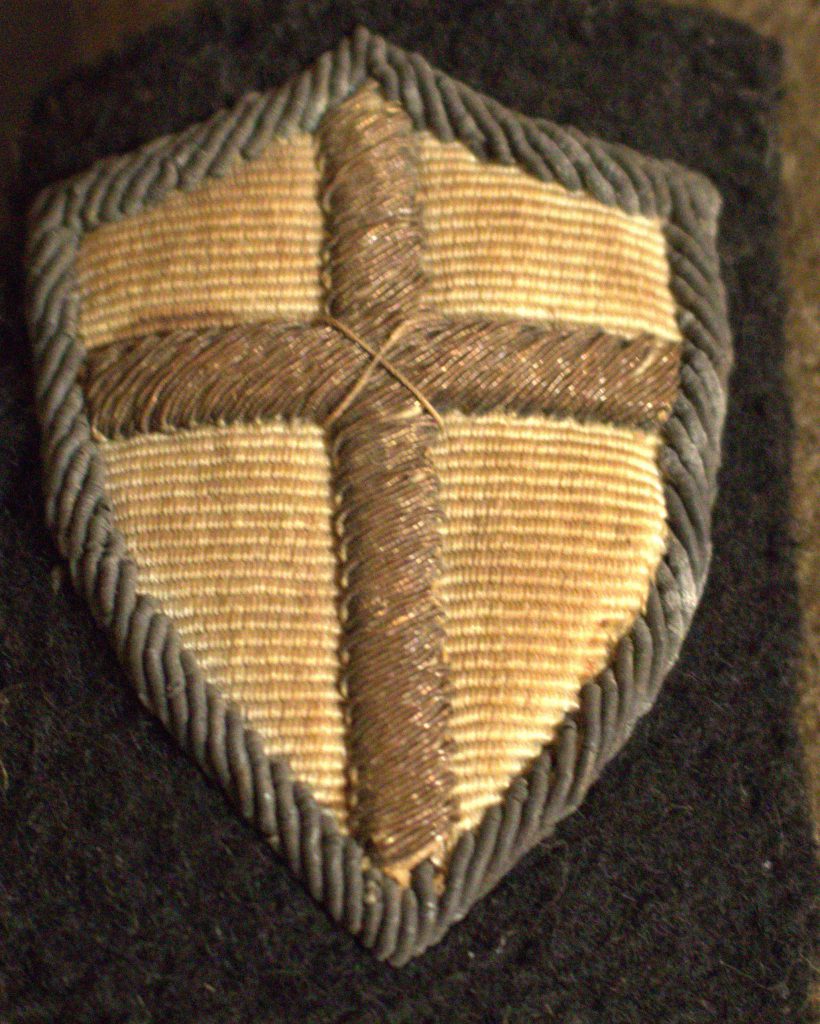
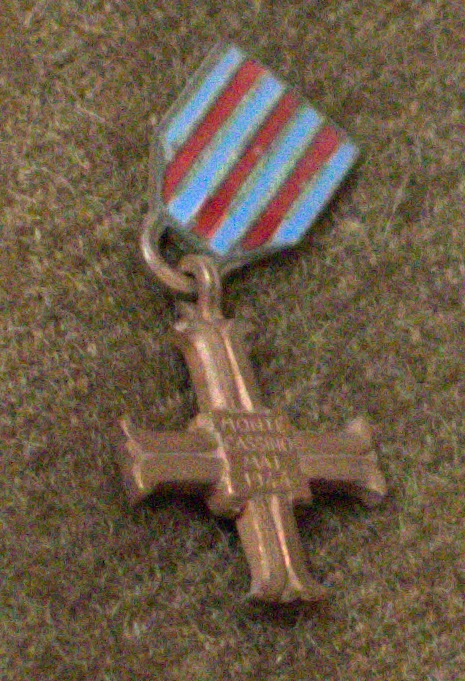
This metal cross with light blue and red ribbon includes the inscription “Monte Cassino, Maj 1945.” The Polish government-in-exile awarded this medal to all soldiers of the Polish II Corps, which played a significant role in defeating the Germans at the Battle of Monte Cassino.
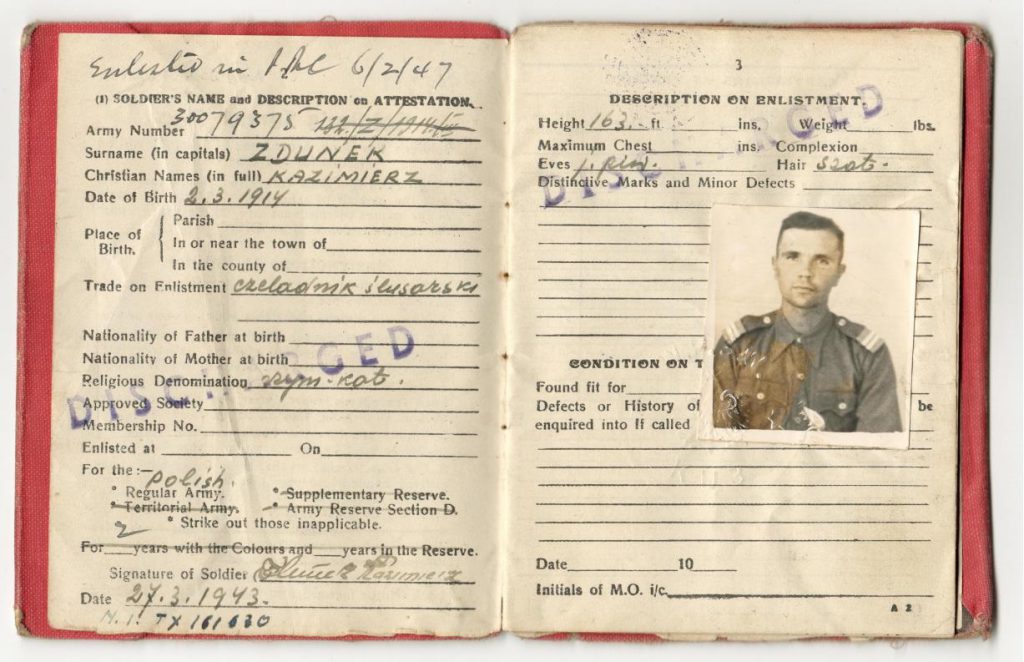
In February 1947, Kazimierz Zdunek enlisted in the Polish Resettlement Corps. The British government had formed the Polish Resettlement Corps in 1946 as a holding unit for members of the Polish Armed Forces who had served with the British and did not want to return to communist. Zdunek’s Soldier’s Service and Pay Book shows that he was born on March 2, 1914, and that he was still serving in the Polish Resettlement Corps in 1948.
Władysław Anders was born into a rich landowning family on 11 August 1892 in Krośniewice-Błonie, a village sixty miles west of Warsaw. At the time of the German invasion of Poland in 1939, he was a cavalry brigade general. Captured and imprisoned by the Soviets, he was eventually freed along with many other Poles when the Soviet Union joined the Allies. He made his way to Palestine where he established the Polish II Corps, which consisted of 50,000 Polish troops by 1944. Popularly known as “Anders’ Army,” it fought in North Africa and Italy alongside the British Eighth Army.
Authors: Brendan Rivest, History major, and Abubakarr Sanu, Professional Studies major, Elms College.